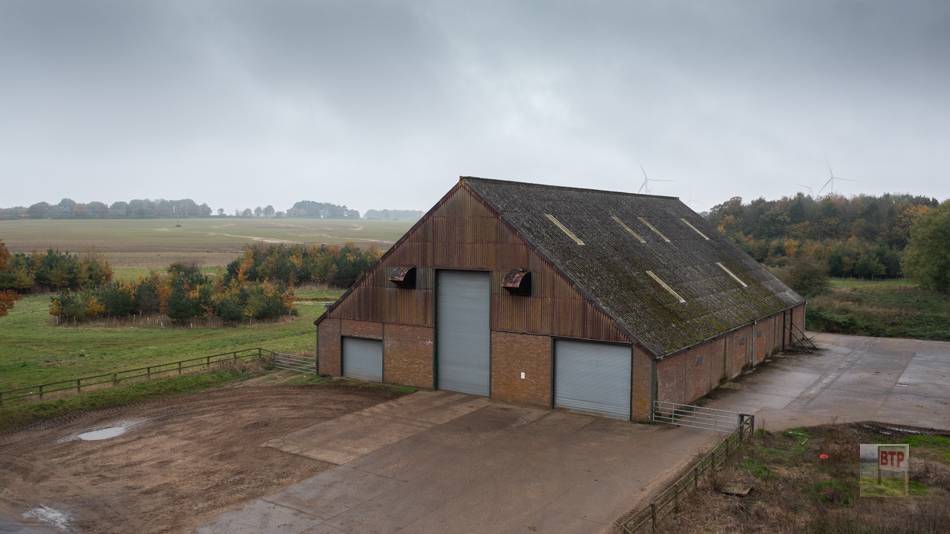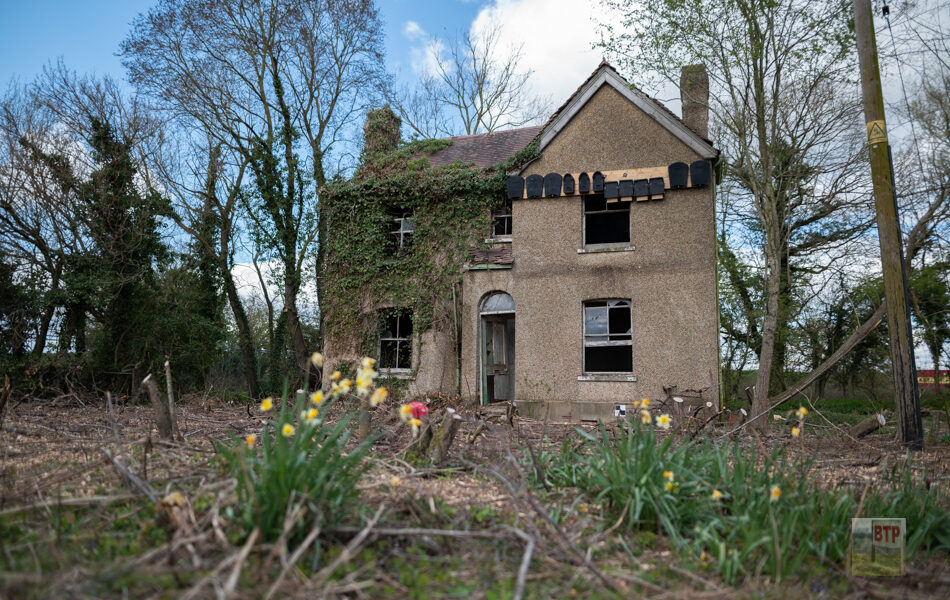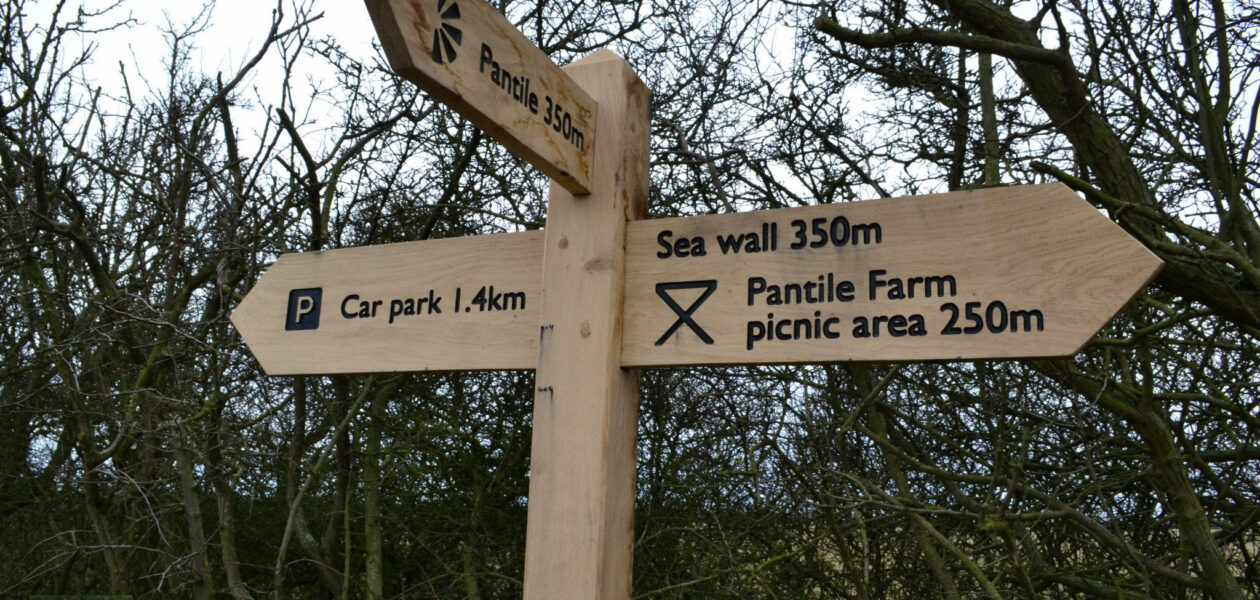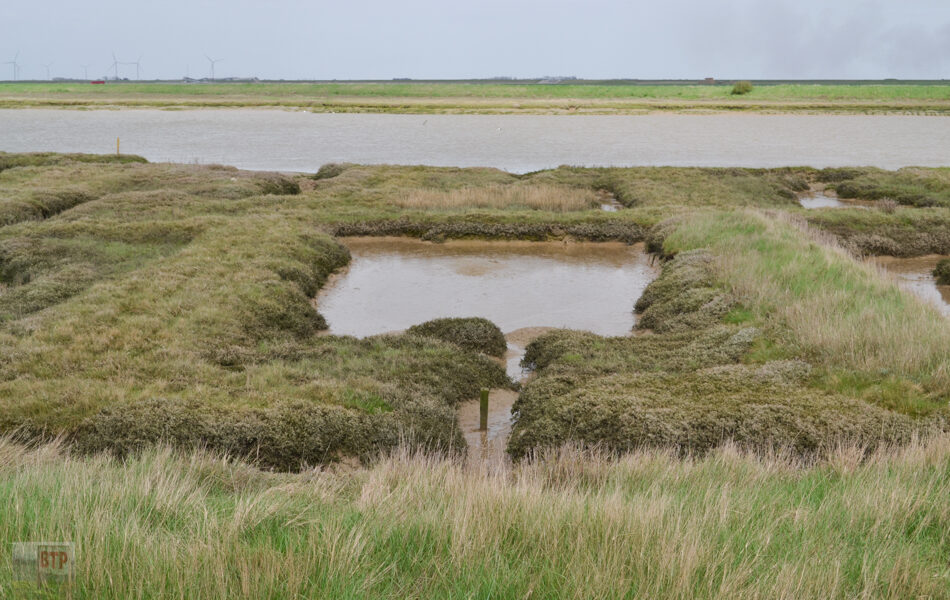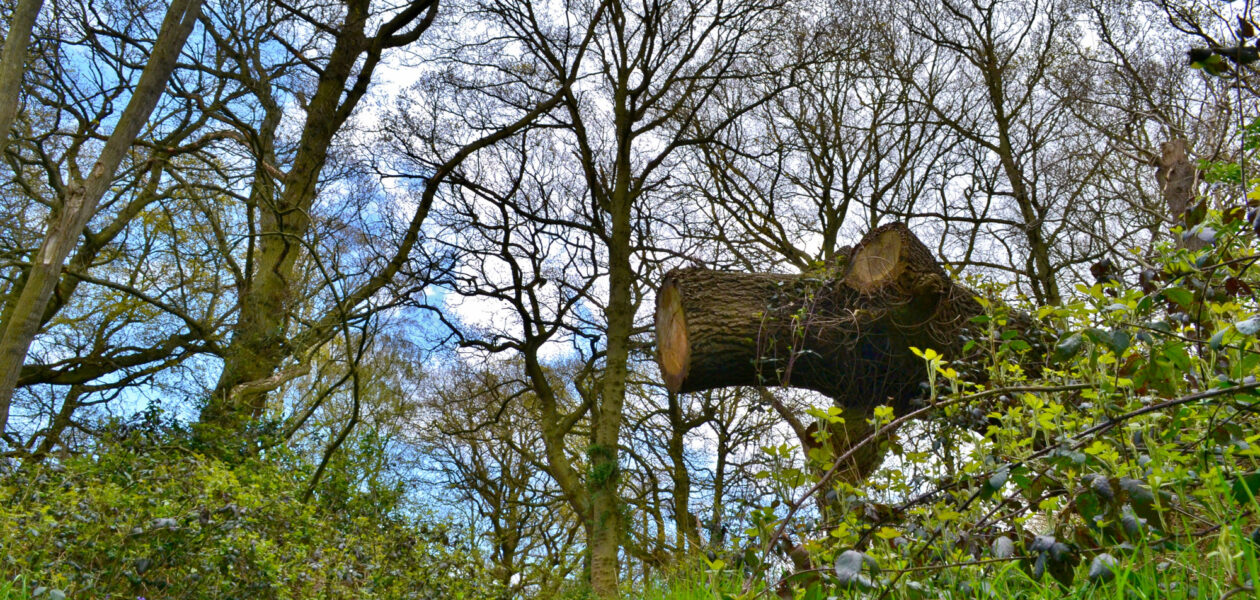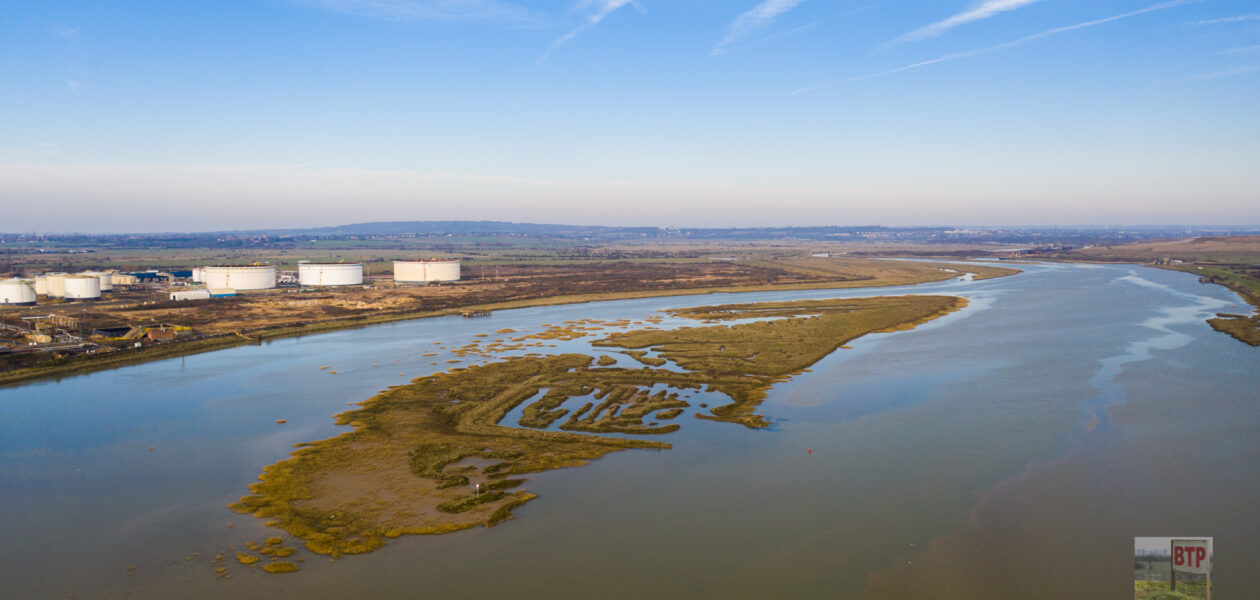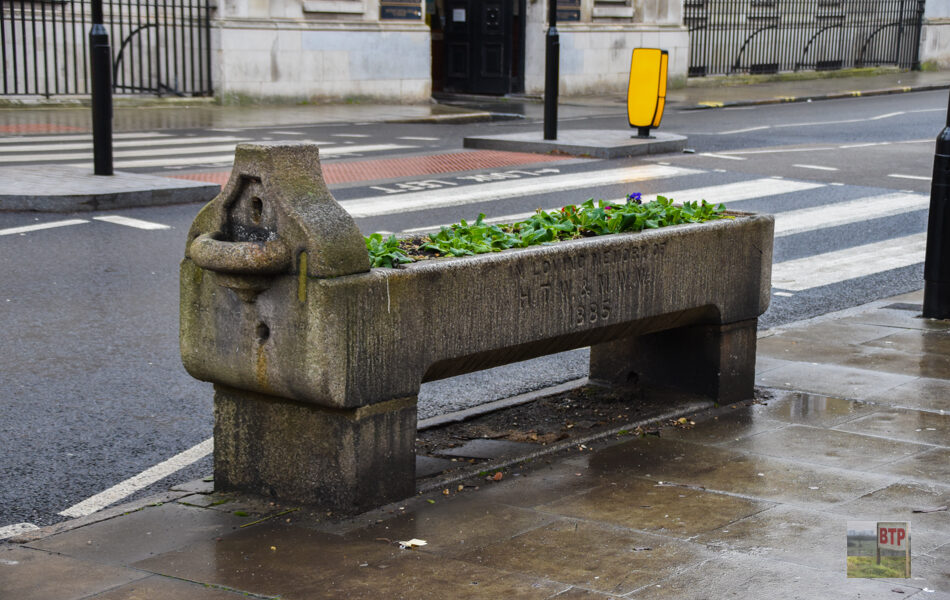Norfolk’s Nazi Barns
As war intensified in 1940, the Royal Air Force were looking to rapidly expand their airfields across the country. In Norfolk, officials from the Air Force were tasked with finding sites where it would suitable to quickly and cheaply build new airfields – usually by converting farmland. As the search across the county continued, suspicions…
View More
